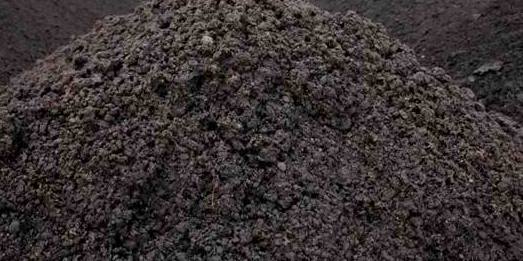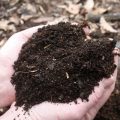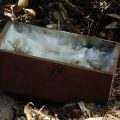An innovative, eco-friendly technology to convert sugarcane by-products into bio-organic fertilizers has been developed by scientists from the Sugar Regulatory Administration (SRA). Bio-organic fertilizers are promoted as cheap alternatives to restore soil fertility of poor degraded soils.

Poor soils are a result of intensive agriculture, slash and burn methods, pesticides and chemicals, mining, and urbanization. These practices degrade the quality of our soils and result to low yields and low productivity.
The scientists use sugarcane by-products like bagasse, mudpress, slops, and ash from sugar factories and alcohol distilleries. Bagasse is the pulp or dry refuse left after the juice has been extracted from sugar cane while slop is what remains of the mash after an alcoholic beverage has been distilled. The technology has shortened composting time from six months to 4-6 weeks.
Transforming these by-products into bio-organic fertilizers is a welcome option since these waste materials can be serious health hazards to communities around the factories.
Materials for compost pile
First, you need an activator. This is a liquid concentrate of cellulolytic fungi such as Trichoderma koningii, T. resii, T. viride, T. harzianum and Phanerochaete chrysosporium. These organisms are cultured in liquid media such as rice bran decoction, coconut water, and slops.
Next, you need plant residues such as cane trash, bagasse and mudpress, wastes, and manure. Among the sugarcane by-products, mudpress contains the highest amount of nutrients but these nutrients are organically bound which means that they can only be released to the soil with the aid of fungal microorganisms.
The fungal organisms in the activator degrade plant residues to make the nutrients available. Manure and green leaves are added to the compost pile as these are rich sources of nitrogen needed to sustain the growth of the microorganisms.
To hasten the composting process, you need an acidified solution (distillery slops and furnace ash) containing phosphates and ammonium sulfate.
The recommended mixture is 2:1:1, that is two parts mudpress, one part bagasse and one part manure and green leaves. A 1% activator and 0.5% ammonium sulfate constitute the most essential ingredients for the compost pile.
Compost ‘activator’ is available at the SRA Applied Microbiology Laboratory upon advanced request. Interested individuals can also sign-up for a short training course on how to produce the ‘activator’ at the same laboratory.
Making the compost pile
First, prepare layers of bagasse, mudpress, green leaves, manure, mineral matter and activator using the recommended proportion. Continue layering until the pile is three feet high, five feet wide and ten feet long. Make sure that there are enough green leaves for the nitrogen needs of the microorganisms.
Keep the compost pile moist but not too wet. Too much moisture can delay decomposition. Cover it with laminated plastic or canvas and let it stand for five days. Turn over the pile and sprinkle with the acidified solution every three days after the first five days. This is done to allow adequate aeration and mixing of the materials. For the composting to be successful, maintain the acidity of the compost pile from 5.7 to 6.2 pH.
Temperature of the compost should rise to 65-70 degrees centigrade within 2-3 days. When the temperature drops to 35 degrees centigrade, the compost is ready for harvest. The compost is dark-brown to black and soil-like in appearance.
Before drying the compost, add the liquid enricher and incubate for five days. Air-dry the compost for one day so it will be easy to handle. Put the dried compost in sacks and store in shaded areas. If there are large particles, use a grinder to have a uniform texture of the bio-organic fertilizer.
—————
Source:
SRA Recommends Bio-Organic Fertilizer. A brochure published by the Industrial Projects Division of the Sugar Regulatory Administration
By: by Likha C. Cuevas, BAR Chronicle, August 2003 Issue (Vol. 4 No. 9)






